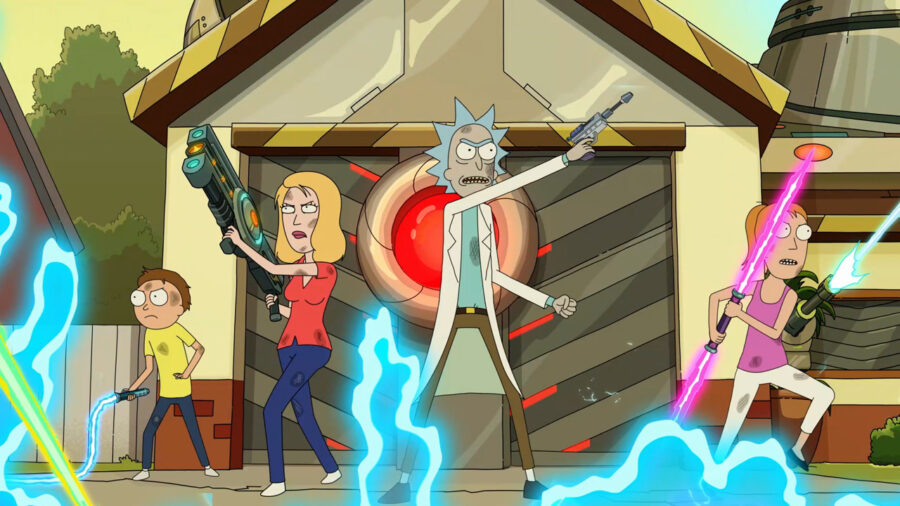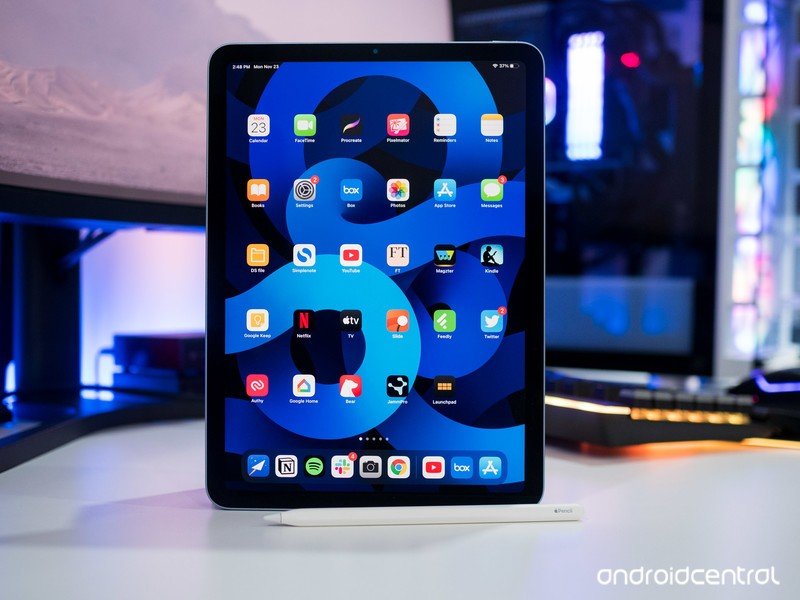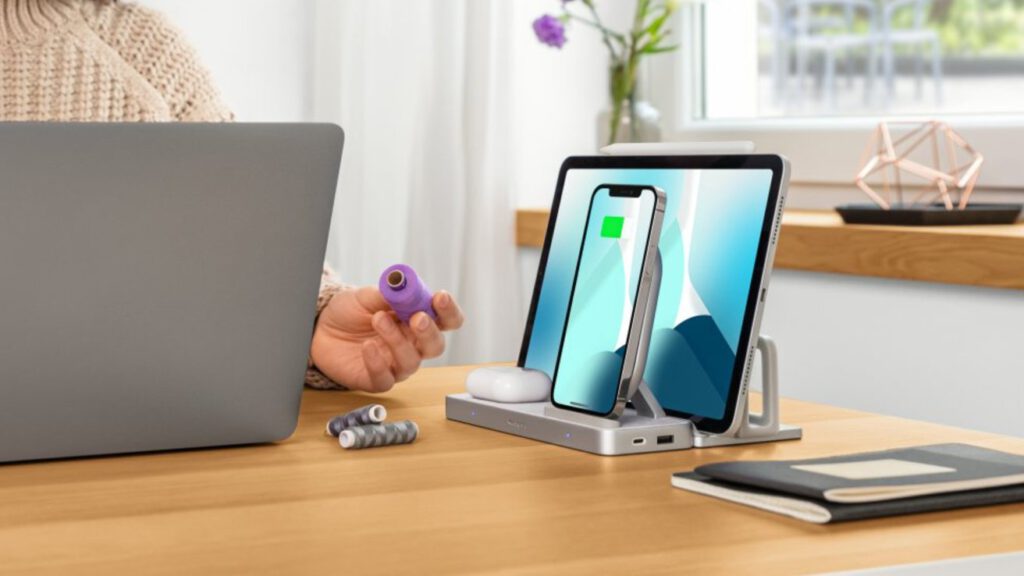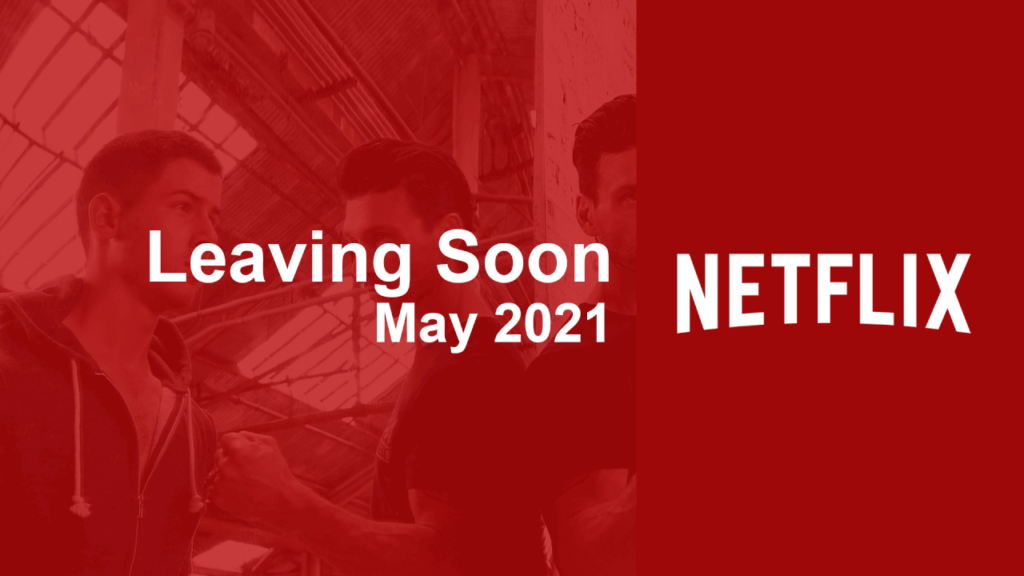But why do these applications mess up fingers (not to point out bare feet) so terribly? It’s a query that lots of individuals have questioned.
To uncover out, I emailed Midjourney Security AI, which can make Secure Diffusion and OpenAI, which created DALL-E 2. Only Stability AI responded to my thoughts.
“It’s frequently recognized that within AI datasets, human photos display fingers less visibly than they do faces,” a Steadiness AI spokesperson instructed Cayuga Media. “Hands also are inclined to be significantly scaled-down in the supply illustrations or photos, as they are relatively seldom obvious in big variety.”
To realize far more, I acquired in touch with Amelia Winger-Bearskin, an artist and an affiliate professor of AI and the arts at the College of Florida, who has been examining the aesthetics of AI art on her blog site. “I am obsessed with this problem!” Winger-Bearskin exclaimed on our online video connect with.
Generative synthetic intelligence that’s skilled on billions of pictures scraped from the net, Winger-Bearskin stated, does not truly understand what a “hand” is, at the very least not in the way it connects anatomically to a human system.
“It’s just searching at how hands are represented” in the pictures that it has been educated on, she reported. “Hands, in photographs, are fairly nuanced,” she adds. “They’re ordinarily holding on to some thing. Or at times, they are keeping on to one more man or woman.”
In the pictures, paintings, and screenshots that AI learns from, hands could be holding onto material or clutching a microphone. They could be waving or facing the digital camera in a way the place just a handful of fingers are seen. Or they could be balled up into fists wherever no fingers are obvious.
“In pictures, palms are not often like this,” Winger-Bearskin claimed, keeping up her hands with fingers spread apart. “If they were being like this in all photos, the AI would be in a position to reproduce them correctly.” AI, she reported, demands to realize what it is to have a human overall body, how specifically palms are related to it, and what their constraints are.
Palms have a elementary position in the artwork earth — imprints of arms on cave partitions are the extremely to start with form of art that Homo sapiens developed that we know of — and are viewed as to be some of the most tricky objects to attract or paint. In paintings from Ancient Greece and medieval Europe, representations of human palms ended up continue to flat and lacked intricacies.
It was only in the period of Renaissance art, amongst the 14th and the 16th generations in Europe — when artists like Leonardo da Vinci started researching and sketching arms, like their structural things like bones and ligaments — that human hands began to be represented in all their complexity. (This era also gave us just one of the most recognizable frescos involving two hands — Michelangelo’s The Creation of Adam, which depicts God as a bearded male stretching out his proper arm to contact Adam’s outstretched left.)
“Da Vinci was essentially quite obsessed with hands and did numerous, several scientific studies of arms,” Winger-Bearskin explained. In the meantime, when AI is skilled on an image, “it’s just looking at that and indicating, ‘Oh, in this circumstance, there’s only half of a thumb,’ since the relaxation of it is concealed less than fabric or grabbing on to a thing, and so when it reproduces it, it’s fairly deformed.”
Just one working day while, generative AI will get noticeably greater at rendering photographs of arms and ft and tooth. “It has to,” Winger-Bearskin explained. “For AI to turn out to be a valuable instrument for humanity, it has to understand what it is to be human, and the anatomical reality of remaining human.”




